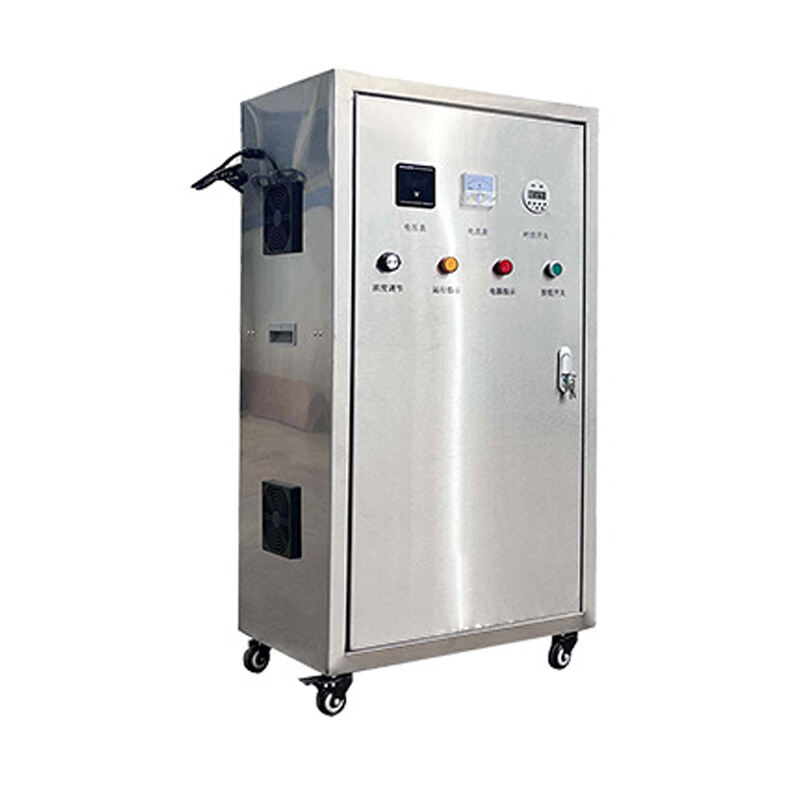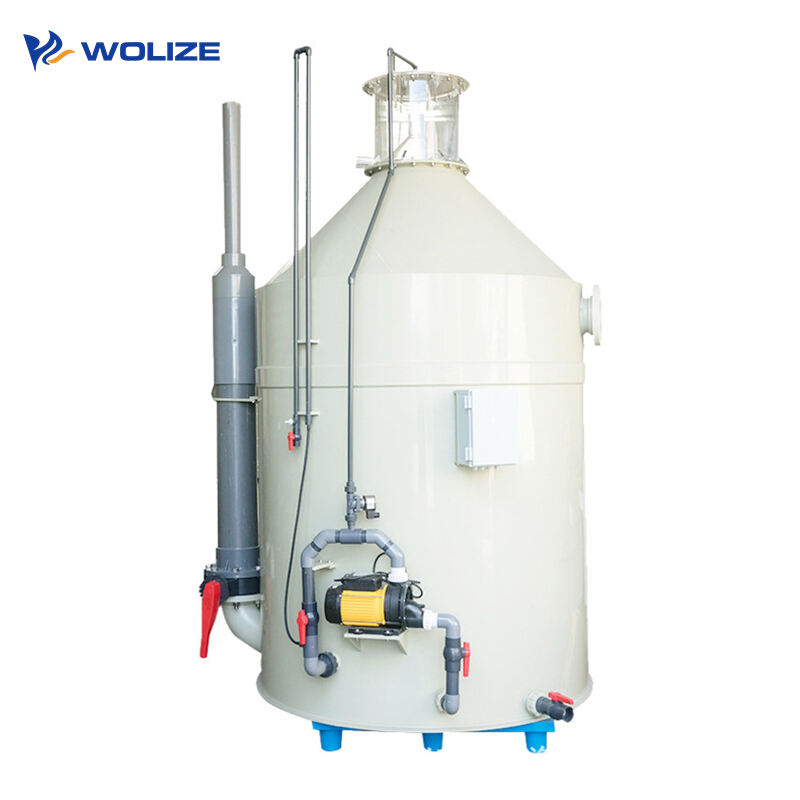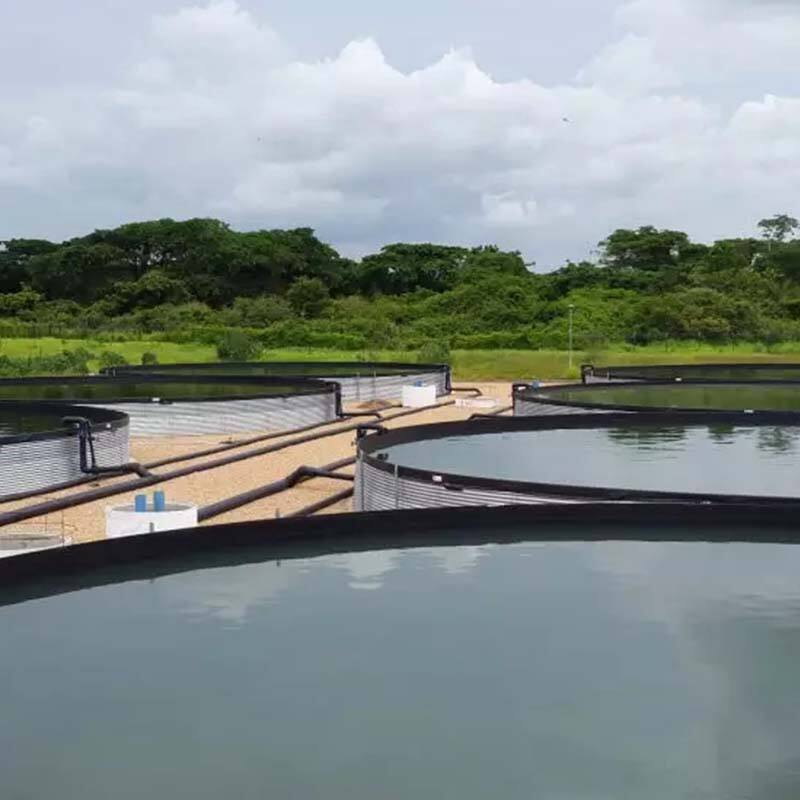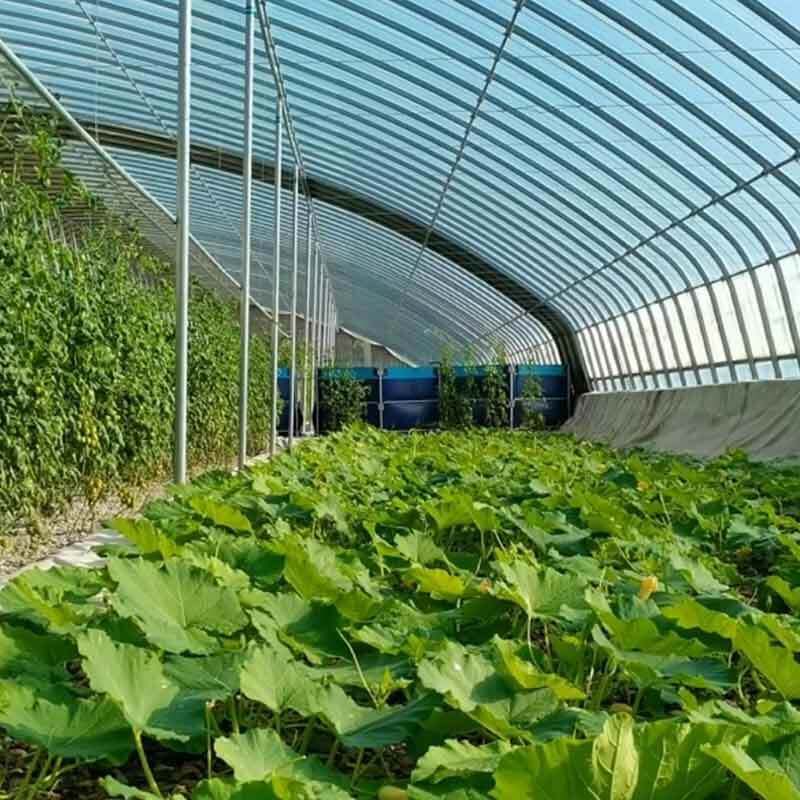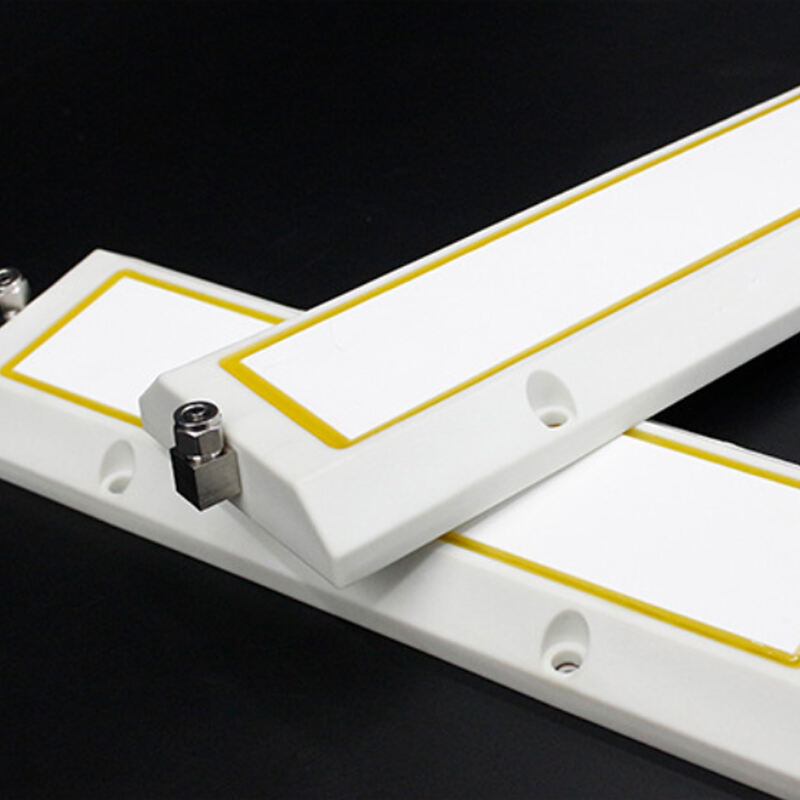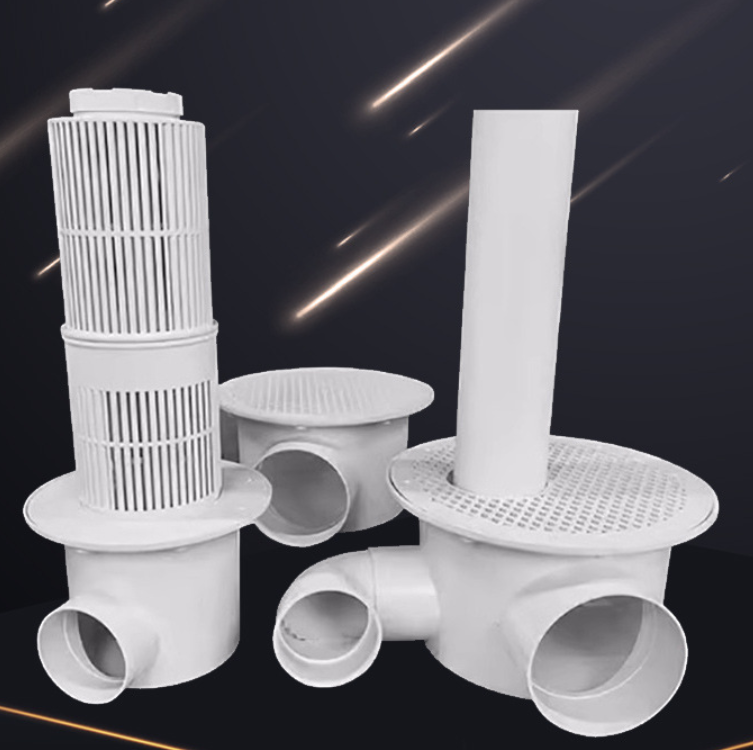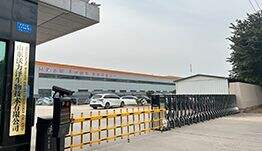Processus regulandi particulas solidas in aqua cirensium (IV) Regulare TTS per volumen cirensium!
TSS concentrationem regere per circuitionis voluminis variationem
In systemate aquaculturae recirculatoriae, circuitionis voluminis regulatio est unum e viabus efficacis ad concentrationem materiae solidae suspensae (TSS) in aqua contrahendam. Circuitionis volumine idonee regulato, efficientia partium suspensarum removendarum optime fieri potest et stabilitas aquae qualitatis maneri potest. Tenering TSS concentrationem per recirculationis aquae voluminem usuros, volumen aquae recirculatae et effectus particularum solidarum removendorum secundum modellum aequilibrii massae computari possunt.
TSSin
Inter quos:
TSSin: Influentis TSS concentratio (mg/L).
TSSout: Effluentis TSS concentratio (mg/L).
Q: Recirculationis aquae volumen (m³/h).
RTSS: Retentio particulorum solidorum (g/h).
Haec sunt methodi et strategiae specificae:
(1). Effectus voluminis circulationis in TSS concentrationem
Volumen circulationis refert ad aquae volumen quod per tempus certum per instrumenta filtrandi transcurrit. Voluminis circulationis regulatio directe afficit:
Efficientia removalis particulorum suspensorum: Quamobrem volumen circulationis augetur, capacitas tractationis apparatus filtri augetur et concentratio TSS minuitur.
Tempus commoratio aquae: Cum volumine circulationis augetur, tempus commorationis aquae in apparatus filtri minuitur, quod efficientiam removalis minuere potest.
Consumptio energiae: Cum volumine circulationis augetur, consumptio energiae pumpae aquae et apparatus filtri augescit.
(2). Causae specificae ad iustum volumen circulationis
1. Rerum gestarum ratio secundum concentrationem TSS
Cum alta sit TSS concentrio: auge volumen circulationis, meliorem capacitem tractationis apparatus filtrationis, et cito TSS concentionem minue.
Cum TSS concentrio parva sit: minue volumen circulationis, minue consumtionem energiae, et TSS concentionem intra spatium destinatum serva.
2. Coniunctim cum functione apparatus filtrationis
Capacitas apparatus filtrandi: Secundum capacitatem apparatus filtrandi rationabiliter volumen circulationis constituere ut operationem oblativam vitet.
Efficientia filtrationis: Volumen circulationis ita disponere, ut aqua satis morae in apparatus filtrandi habeat ad efficientiam tollendi augendam.
3. Uti pompa aquae variabili frequencia
Regulatio frequenciae conversionis: Per pompam aquae conversionis frequenciae volumen circulationis dinuc adjustare et operationem frequeniae pumpae secundum concentrationem TSS et conditiones aquae automatice moderari.
Conservatio energiae et diminutio consumptionis: Cum concentratio TSS bassa sit, operationem frequeniae pumpae aquae minuere et consumptio energiae reducere.
Systema intelligentis processus regulatio partium solidarum aquae recirculatae
Ex praedictis analysibus apparet processum circulandi aquae solidorum partium esse valde complexum. Si non sit peritissimum systema intellegentiae artificialis, manualem operationem solum vix obtinere potest. Systema intellegentiae processus solidorum partium in aqua circulante est systema rationis machinarum (IoT), magnorum datorum et intellegentiae artificialis (AI) technologia innixa. Ad monitoring, analysim et concentrationem solidorum partium suspensarum (TSS) in aquaculturae systemate realiter administrandam ad stabilem aquae qualitatem et sanos cultus organismandos.
Figura infra est operativum interfacium systematis processus intellegentiae solidorum partium quod WOLIZE elaboravit.
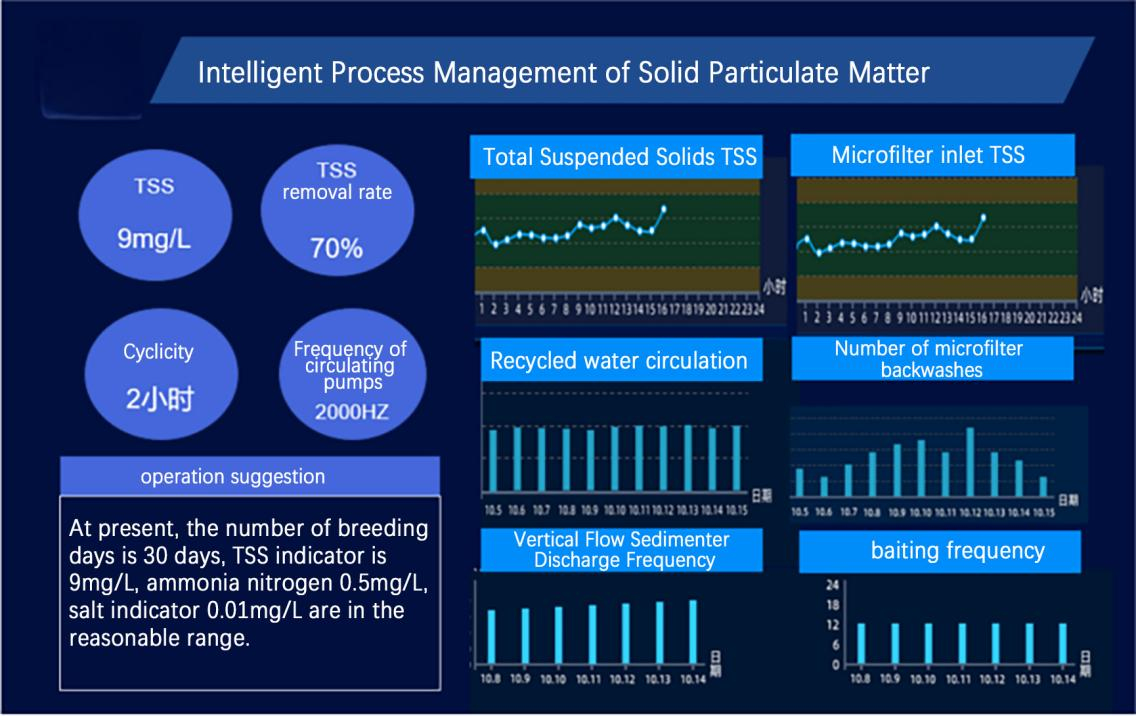
Systema haec officia habet:
- Real-time Cras
Monitoring concentratio TSS: realiter concentrationem solidorum partium suspensarum in aqua observare.
Monitores aquae puritatis: monitores valores clavis qualitatis aquae ut oxygenium dissolutum, valorem pH et calorem.
2. Regulatio intelligens
Regulatio voluminis circulationis: adapta volumen circulationis secundum concentrationem TSS ad efficienciam filtrandam optinandam.
Egestio sordidae aquae automata: egerere sordidam aquam secundum quantitatem limi in vase sedimenti ad minuendam accumulationem partium suspensarum.
Gestio cibationis: optima quantitas et frequentia cibandi secundum concentrationem TSS et necessitates organismorum aquaculturae.
3. Analyseos ac praedictionis dati
Visualizatio datorum: ostende tendentiam concentrationis TSS et mutationes qualitatis aquae per diagrammata et relationes.
Consilium auxilio AI: systema praebet consilia pro variando volumine circulationis, frequentia egestionis sordidae aquae et quantitate ciborum ad optimandam gestionem qualitatis aquae secundum algorithmon
Systēma allērtiōnis: Nuntium allērtiōnis automāticē mittit cum cōncentrātiō TSS aut parametrae aquae sint īnsolitī.
4. Administrātiō remōta
Applicātiō mobilis: Systēma per telephōnum aut tabulārium remotē custōdit et administrat.
Administrātiō per nūbem: Dāta intuemur, parametrae mūtantur ac ratiōcīniārum genera prōducuntur per plattam Web.
Producta Commendata
Nuntii Calidi
-
Adventus discount Nativitatis est
2024-12-26
-
Verum estne pisces in densitate altorum piscinarum pisciculorum magis efficaces esse quam vivaria vulgaria?
2024-12-16
-
Utilitas galvanized lacuna vivaria
2024-10-14
-
Summus densitas piscium technologiam rusticam, piscinae sumptus, carbasa vivaria, carbasa piscina, summus densitas piscis rusticus.
2024-10-12
-
Quid eligant aquae fluens summus densitas aquaculture
2023-11-20











































